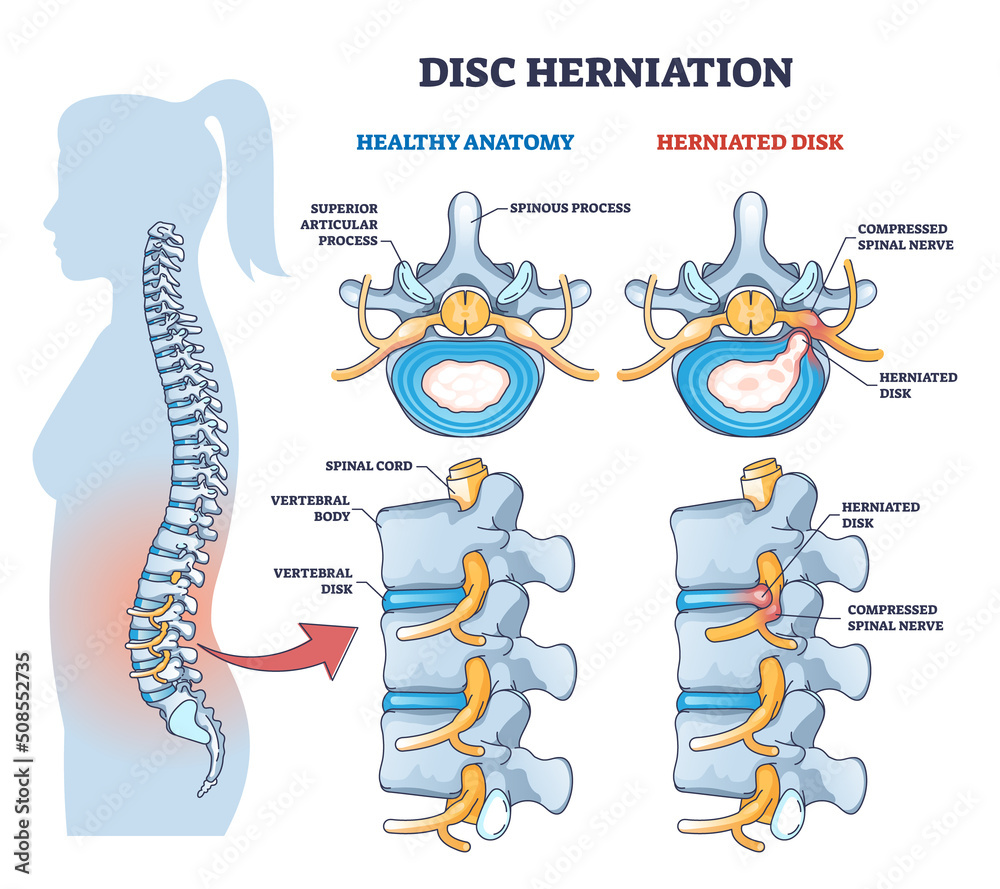Living Beyond Boundaries: Successful Discomfort Control Success Stories
Dealing with pain can be a challenging challenge that impacts every aspect of life. Whether it's acute pain from an injury or persistent pain caused by conditions like arthritis or fibromyalgic conditions, the struggle to find satisfactory relief can feel overwhelming. Fortunately, the field of pain management has expanded significantly, offering a variety of treatments and therapies designed to help people take back their quality of life. This article delves into effective pain management case studies, illuminating on the varied strategies to alleviating pain and enhancing general health.
From understanding the mechanisms behind pain to exploring the newest treatments, we aim to provide a comprehensive guide to maneuvering through this complex environment. Whether you seek traditional medication solutions or exploring holistic treatments, this guide offers key takeaways into effective pain management methods. Accompany us as we reveal the different routes available for patients seeking relief, support, and a existence without limits.
Understanding Discomfort Management

Suffering management is a comprehensive approach aimed at relieving pain and enhancing the standard of life for patients undergoing intense or long-lasting pain. It encompasses a variety of theraputic approaches and services crafted to tackle different types of pain, from sudden feelings to chronic incapacitating conditions. By grasping the fundamental origins and processes of suffering, health professionals can adapt treatment strategies that address patient needs, contributing to more beneficial results.
The research behind pain reveals that it is not merely a somatic sensation but also a complicated mix of physiological, mental, and societal factors. Discomfort perception varies from person to patient, determined by individual backgrounds and mental health. This intricacy is why suffering control plans must be multi-faceted, integrating pharmaceuticals, physiotherapeutic treatment, psychological support, and behavioral modifications to create a well-rounded treatment framework. Understanding of this interconnectedness is essential for both individuals and providers in exploring pain control options.
Understanding the various types of discomfort is key for executing beneficial control plans. Intense pain typically comes from damage or operation and generally to disappear with treatment, while persistent pain lasts well after the original trigger has been addressed, frequently requiring ongoing treatment. Discomfort control clinics concentrate in diagnosing these differences and delivering customized therapies. Engaging with these focused services can equip people to manage their discomfort, possibly returning stability and boosting their total quality of life.
Effective Interventions and Treatments
In terms of pain management, various therapies and treatments are available to address to individual needs. Physical therapy is one of the cornerstone approaches, concentrating on strengthening and stretching exercises that boost mobility and alleviate pain. Patients take part in tailored programs that both address immediate pain but also work on long-term recovery and prevention strategies. This holistic approach allows individuals to reclaim their physical capabilities and enhance their daily function.
Chiropractic care is a vital component in the realm of pain management. By utilizing spinal manipulation and other manual techniques, chiropractors strive to enhance alignment and relieve pressure on nerves, possibly reducing pain levels significantly. This treatment is especially beneficial for those suffering from musculoskeletal pain, like lower back pain and headaches. Regular chiropractic sessions can also complement other therapies, offering a comprehensive strategy to manage pain effectively.
Holistic approaches, such as acupuncture and massage therapy, offer additional options for those seeking relief. Acupuncture, which involves inserting thin needles into specific body points, has been shown to stimulate endorphins and improve circulation, helping to alleviate pain without pharmaceuticals. Massage therapy focuses on easing muscle tension, promoting relaxation, and enhancing blood flow, providing immediate pain relief for various conditions. Combined, these alternative therapies enhance a well-rounded pain management plan, ensuring patients find the relief they need through conventional and holistic approaches.
Way of Living and Integrative Approaches
Integrating lifestyle changes can greatly improve strategies for managing pain. Regular movement, such as hiking, swimming, or mindful movement, fosters overall well-being and can reduce chronic discomfort. Movement builds muscles, enhances flexibility, and produces endorphins, which are body-produced painkillers. Additionally, maintaining a appropriate weight can lessen stress on joints, notably in conditions such as joint inflammation. internet in daily activities, including adjusting posture and ergonomically designed workspaces at work, can additionally contribute to sustained pain relief.
Food choices plays a vital role in pain control as well. Implementing an diet low in inflammation can help lower pain levels for countless individuals. Foods rich in omega-3 fatty acids, antioxidants, vitamins, and minerals support the body’s healing processes. Adding fruits, vegetables, whole grains, and healthy fats while cutting back on processed foods and sugars can create a helpful environment for pain reduction. Staying well-hydrated is also important, as dehydration can exacerbate discomfort and muscle tightness.
Integral strategies, including awareness practices and stress management methods, are critical components of successful pain management. Practices such as mindful meditation, breath work, and muscle relaxation techniques can help individuals handle the psychological aspects of pain. Being present encourages a here-and-now mindset that can diminish the perception of pain. Additionally, activities like yoga and tai chi not only improve range of motion and muscle strength but also enhance mental well-being, creating a comprehensive approach to managing pain through both physical health and psychological well-being.